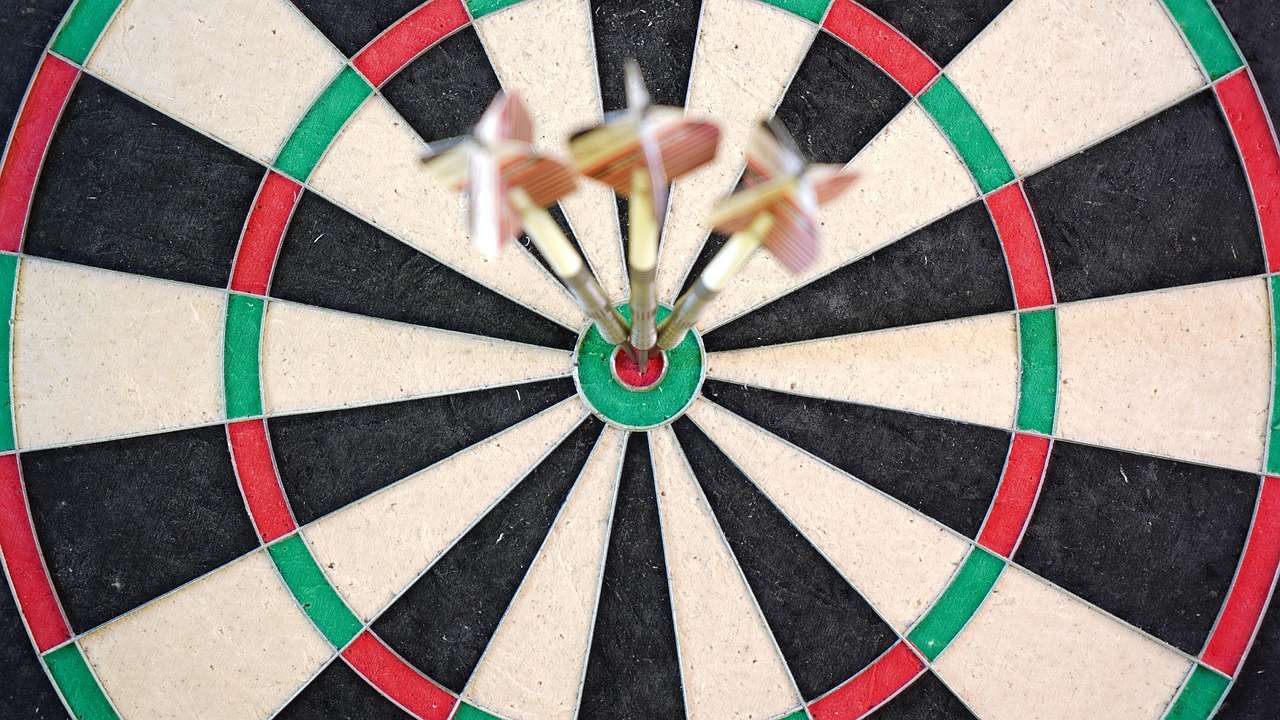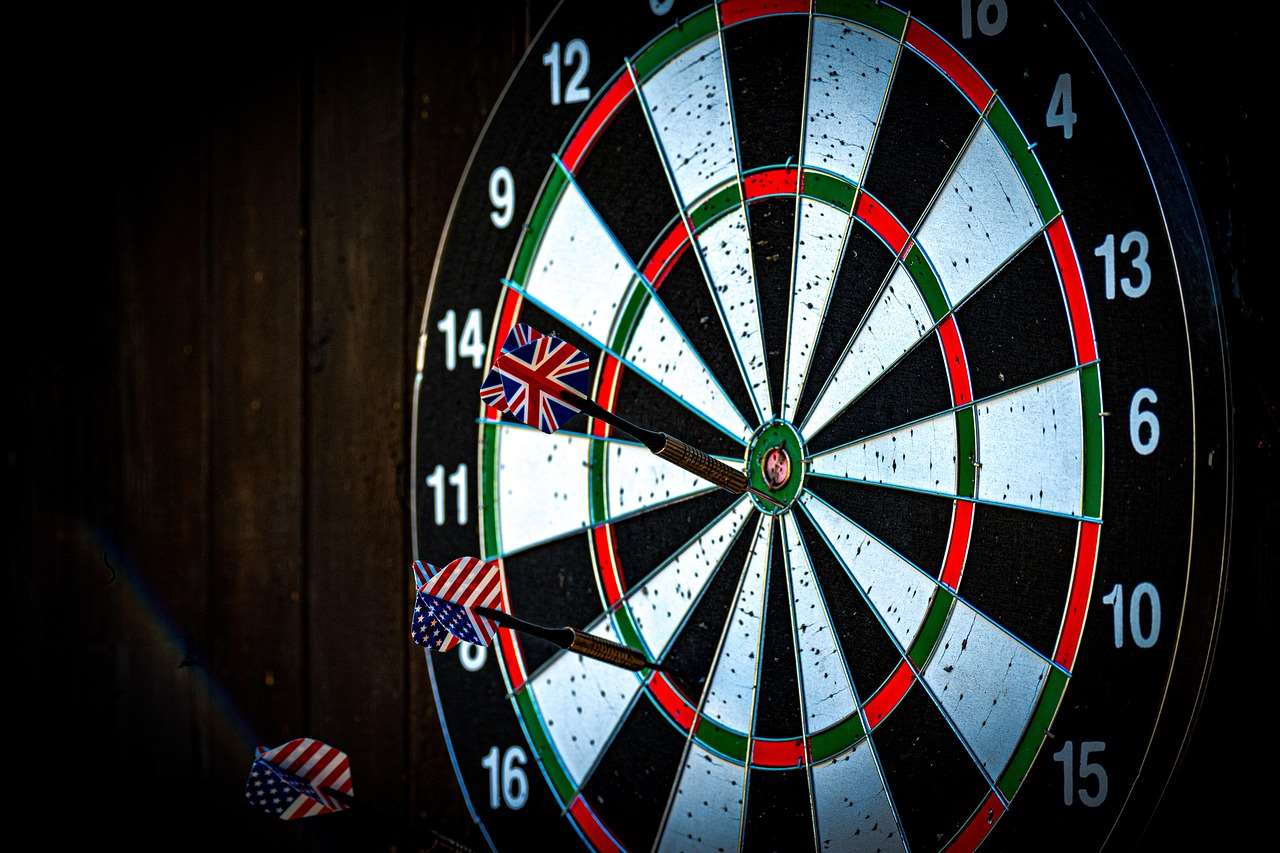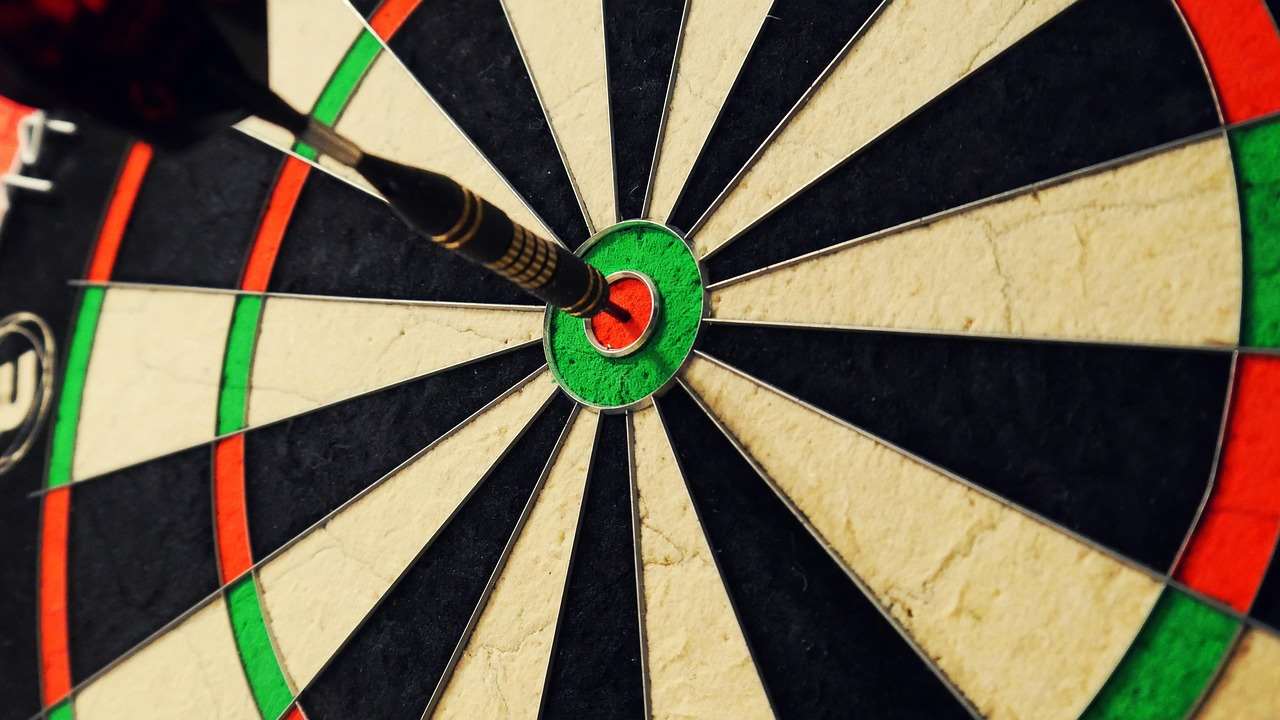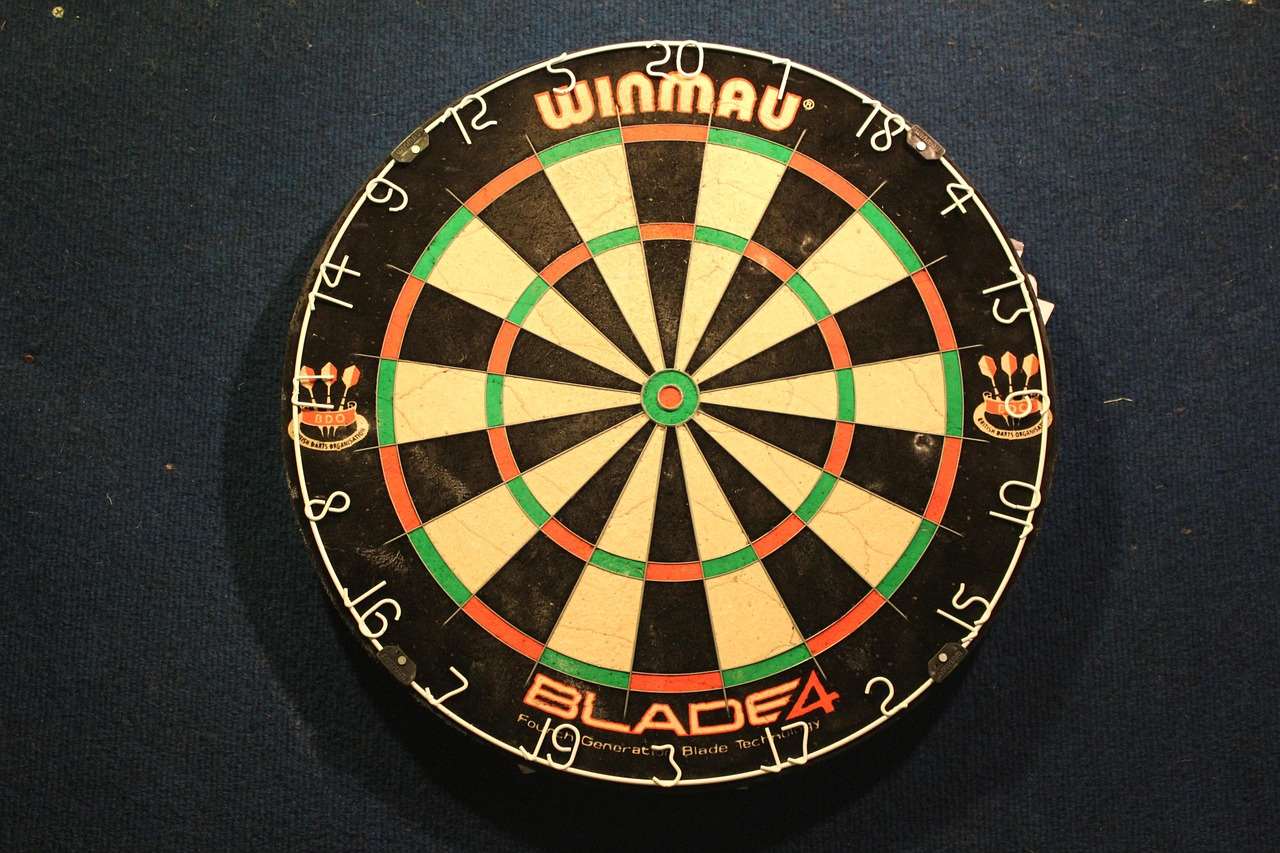The fascinating world of darts often sees variations in gameplay, and understanding these differences is key, that’s why comparing adapted rules across different dart clubs can significantly enhance your playing experience and competitive edge. This article delves into the diverse rule modifications encountered across various dart clubs, exploring the reasons behind these adaptations and their impact on the game.
⚠️ Still Using Pen & Paper (or a Chalkboard)?! ⚠️
Step into the future! The Dart Counter App handles all the scoring, suggests checkouts, and tracks your stats automatically. It's easier than you think!
Try the Smart Dart Counter App FREE!Ready for an upgrade? Click above!
Why Are Rules Adapted in Dart Clubs?
Dart clubs, while generally adhering to standard rules, often implement adapted rules to cater to specific needs and preferences of their members. These adaptations can stem from various factors, including skill level, available space, the desire to foster inclusivity, and even regional traditions. For instance, a club with many beginner players might implement scoring modifications to simplify the game and boost confidence. Another club might focus on speed of play and introduce shortened formats.
Here are some common reasons for rule adaptations:
- Skill Level: Accommodating beginners or advanced players.
- Space Constraints: Modifying the throwing distance in smaller rooms.
- Inclusivity: Creating a more accessible environment for players with disabilities.
- Social Atmosphere: Promoting fun and relaxed gameplay.
- Time Constraints: Shortening game lengths for quicker matches.
- Equipment limitations: Adapting the rules due to a lack of dartboards or specific types of darts.

Common Adaptations: A Deep Dive into Comparing Adapted Rules Across Different Dart Clubs
When comparing adapted rules across different dart clubs, several key areas tend to be modified. Let’s explore some of the most prevalent examples:
Scoring Systems
One of the most common adaptations involves the scoring system. While 501 is the standard, some clubs use 301, or even introduce unique variations. For example, a “round the clock” game may be played, requiring players to hit each number sequentially. Furthermore, the rules for finishing a leg can vary. Some clubs might require a double-out, while others allow a straight-out, even in regular 501.
Another scoring adaptation concerns the bullseye. Some clubs might count the outer bull (25) as a single bull, while others insist on the inner bull (50) for it to be a valid score. This can significantly affect strategy, especially in close games. Don’t forget to explore Basic Darts Fundamentals for Beginners to grasp the basics before diving into adaptations.
Throwing Distance
The official throwing distance is typically 7 feet 9 1/4 inches (2.37 meters). However, some clubs, particularly those in confined spaces, may shorten this distance. This can significantly impact accuracy and favor players with a shorter throw. Adapting darts rules for small spaces: tips and tricks may come in handy if you encounter this situation.
Number of Darts per Turn
While three darts per turn is the norm, some adaptations might allow for more or fewer darts. For instance, a beginner’s league might allow four darts per turn to increase scoring opportunities and build confidence. Conversely, some advanced leagues might reduce it to two darts to increase the challenge.

Handicap Systems
To create a level playing field, many clubs employ handicap systems. These systems aim to equalize the competition by giving weaker players an advantage. Common handicap methods include:
- Spotting Points: Giving weaker players a head start in the score.
- Extra Darts: Allowing weaker players more darts per turn.
- Target Restrictions: Restricting stronger players from aiming for certain areas of the board.
These systems encourage participation and make games more competitive, especially in mixed-skill groups. How to make darts fairer with handicap rules can help you understand the nuances of these systems.
Bust Rules
The “bust” rule dictates what happens when a player scores more points than necessary to reach zero. The standard rule typically resets the player’s score to where it was at the start of that turn. However, some clubs might have variations, such as only resetting the score to a specific number or having no bust rule at all, allowing the player to continue from the negative score. This can dramatically change the game’s strategy.
The Impact of Rule Adaptations
Understanding how adapting darts rules can impact the game is crucial. Changes in scoring, throwing distance, or handicap systems can significantly alter the dynamics of play. Here’s a look at some potential impacts:
- Increased Accessibility: Easier rules encourage novice players and those with disabilities.
- Enhanced Competition: Handicap systems create fairer matches between players of different skill levels.
- Faster Gameplay: Shorter games and simpler scoring speed up the pace of play.
- Unique Challenges: Variations in bust rules or target restrictions introduce new strategic elements.
Ultimately, the best rule adaptations are those that enhance the enjoyment and inclusivity of the game without compromising its core principles. If you’re playing with children, adapting dart game rules for children is a good start. It’s important to choose the most appropriate options for your specific setting and group.

Examples of Rule Variations Across Dart Clubs
To further illustrate the diversity in adapted rules across different dart clubs, let’s consider some specific examples:
- The “Around the World” League: This league requires players to hit each number on the board in sequential order, starting from 1 and ending with 20, followed by the bullseye. This emphasizes accuracy and consistency.
- The “Short Game” Club: This club plays 301 instead of 501 and allows a straight-out finish, leading to faster games and more frequent matches.
- The “Handicap Heroes” League: This league uses a complex handicap system based on players’ average scores, ensuring that every match is competitive regardless of skill level.
- The “Space Saver” Society: This society, due to space constraints, requires players to throw from 7 feet instead of the standard distance.
- The “Creative Chaos” Crew: They are known for their creative dart rules for parties and social gatherings, emphasizing fun and entertainment over strict competition.
Tips for Adapting Rules in Your Own Dart Club
If you’re considering implementing adapted rules in your own dart club, here are some tips to ensure a successful transition:
- Communicate Clearly: Explain the new rules to all members and provide clear written guidelines.
- Gather Feedback: Solicit input from players and be open to adjustments.
- Trial Runs: Test the new rules with a few trial matches before implementing them permanently.
- Be Flexible: Be prepared to modify the rules based on player feedback and the overall impact on the game.
- Prioritize Fun: Remember that the primary goal is to create an enjoyable and inclusive environment.
By following these tips, you can effectively adapt darts rules to suit the specific needs and preferences of your dart club, creating a more enjoyable and competitive experience for all.

Related Dart Games with Modified Rules
Beyond standard 501, many dart games incorporate inherently modified rules. Exploring these can offer inspiration for rule adaptations in your own club. For example, “Cricket” involves claiming numbers on the board, while “Shanghai” focuses on hitting specific numbers in sequence. These games provide variety and challenge players in different ways. If you fancy something different, Fun dart game variations with modified rules might be what you’re looking for.
Some other variations to consider include:
- Killer: A game where players try to eliminate each other by hitting their designated number.
- Golf: Players aim to hit specific sections of the board, mimicking holes in a golf course.
- Around the Clock: Players must hit each number on the board in order.

Conclusion: The Beauty of Comparing Adapted Rules Across Different Dart Clubs
In conclusion, comparing adapted rules across different dart clubs reveals a fascinating landscape of customization and innovation within the world of darts. These adaptations, driven by factors such as skill level, space constraints, and the desire for inclusivity, demonstrate the versatility and adaptability of the game. By understanding the various ways in which rules can be modified, you can create a more enjoyable and competitive experience for your own dart club, or simply be prepared for any variation you might encounter. Whether it’s adapting darts rules for beginners or advanced players, the key is to prioritize fun and inclusivity. Now, go out there, explore different dart clubs, and embrace the diverse world of adapted rules! Consider sharing this article to help others understand the nuances of **comparing adapted rules across different dart clubs**.
Hi, I’m Dieter, and I created Dartcounter (Dartcounterapp.com). My motivation wasn’t being a darts expert – quite the opposite! When I first started playing, I loved the game but found keeping accurate scores and tracking stats difficult and distracting.
I figured I couldn’t be the only one struggling with this. So, I decided to build a solution: an easy-to-use application that everyone, no matter their experience level, could use to manage scoring effortlessly.
My goal for Dartcounter was simple: let the app handle the numbers – the scoring, the averages, the stats, even checkout suggestions – so players could focus purely on their throw and enjoying the game. It began as a way to solve my own beginner’s problem, and I’m thrilled it has grown into a helpful tool for the wider darts community.